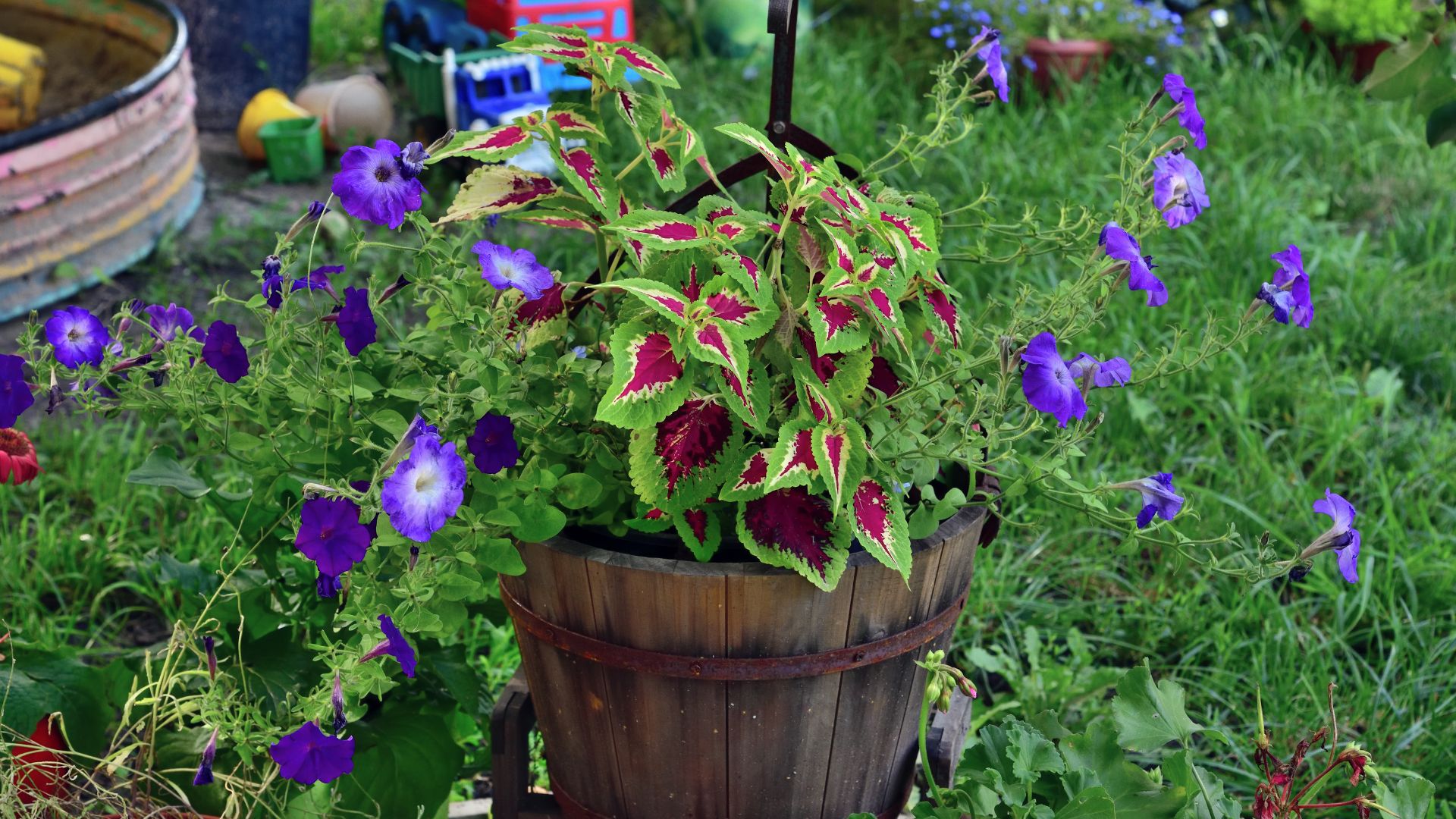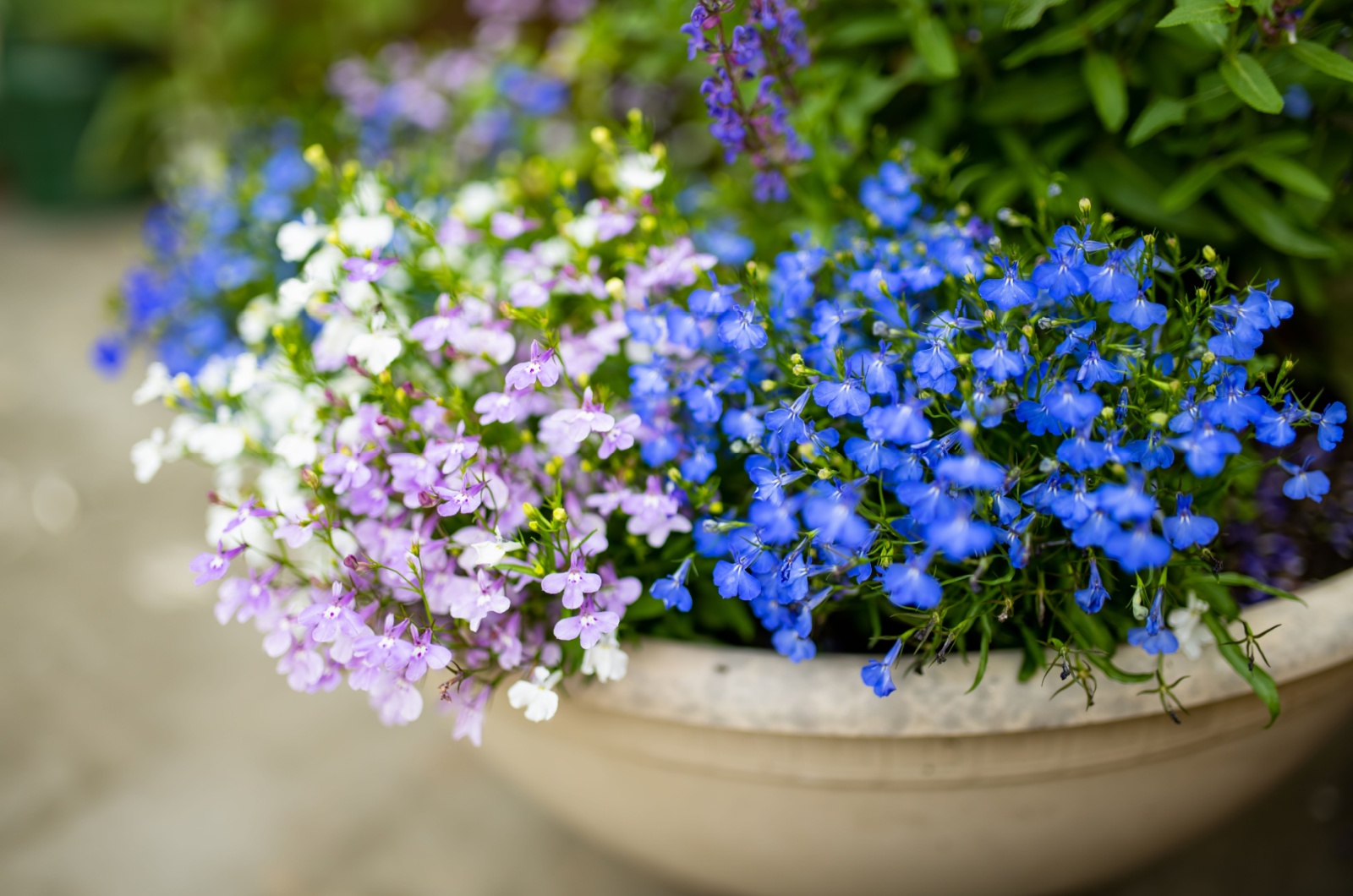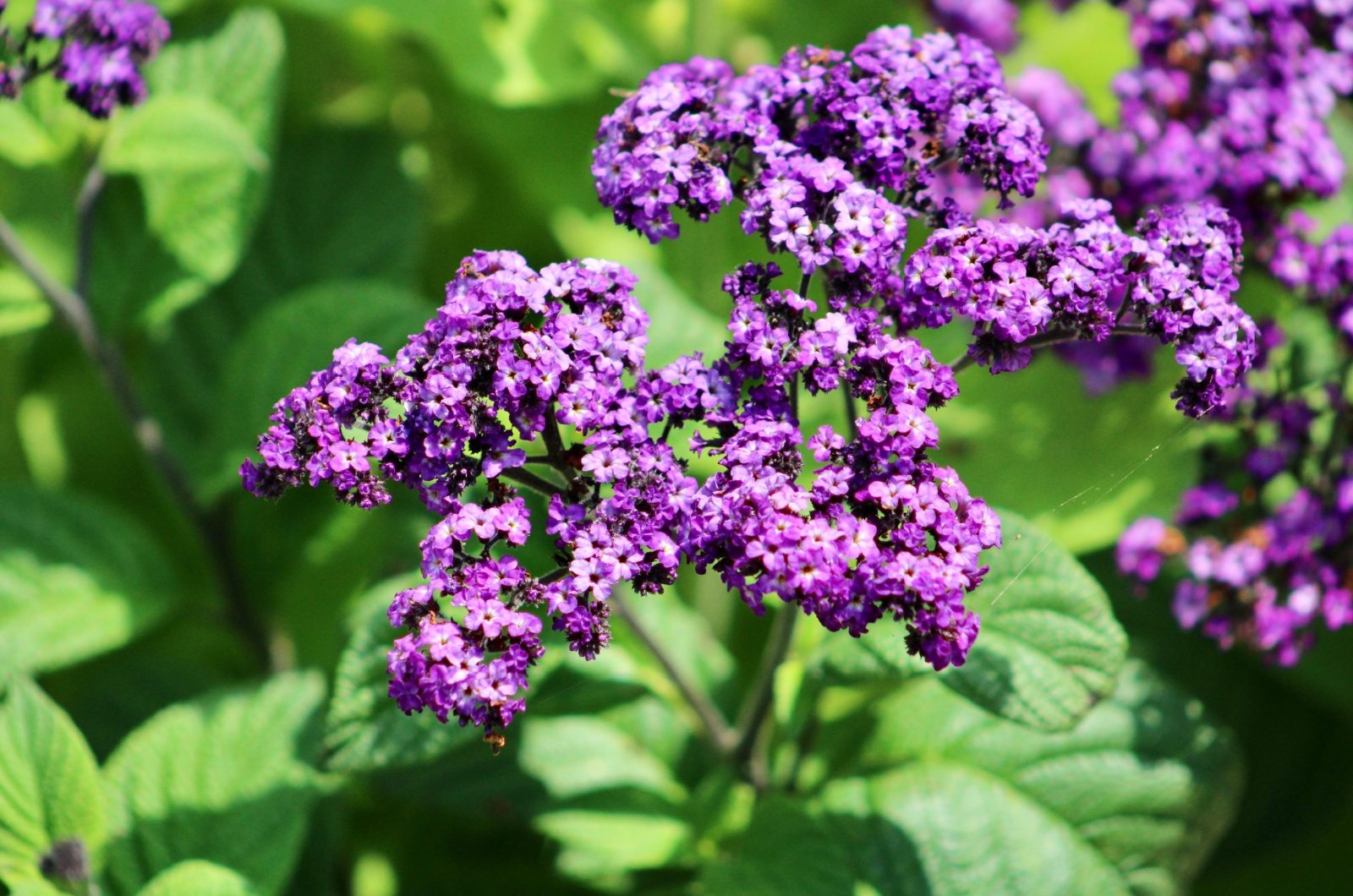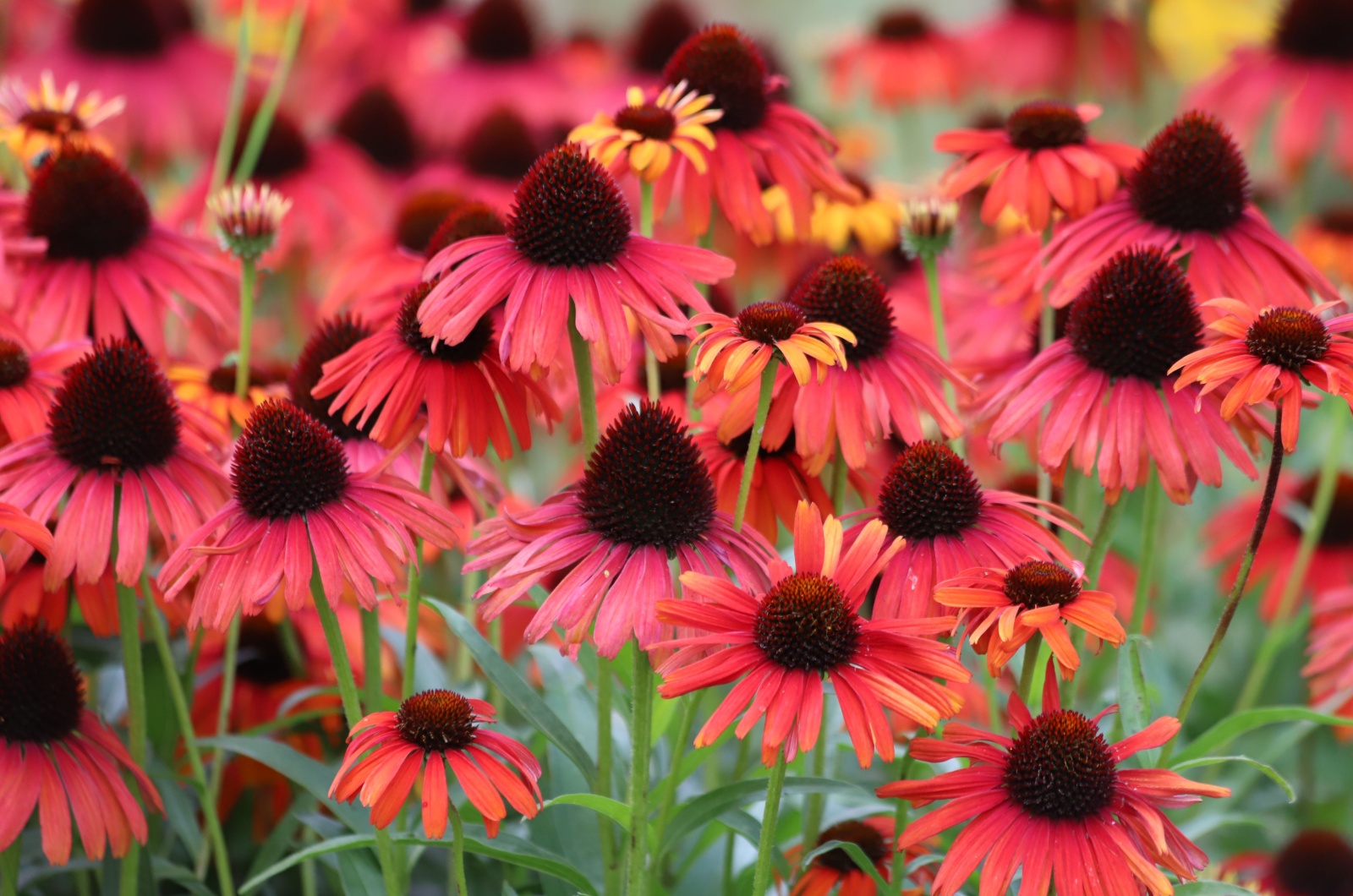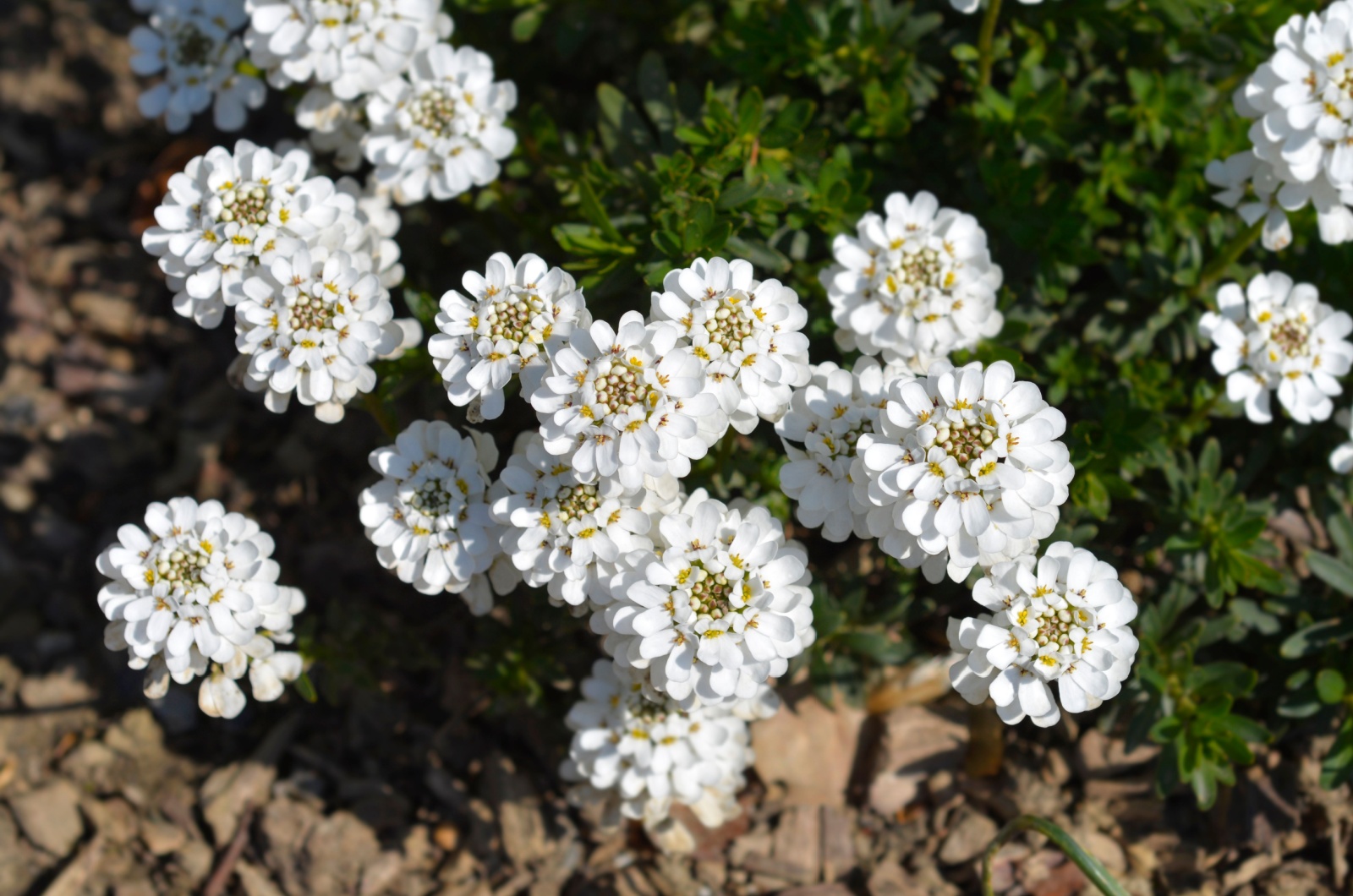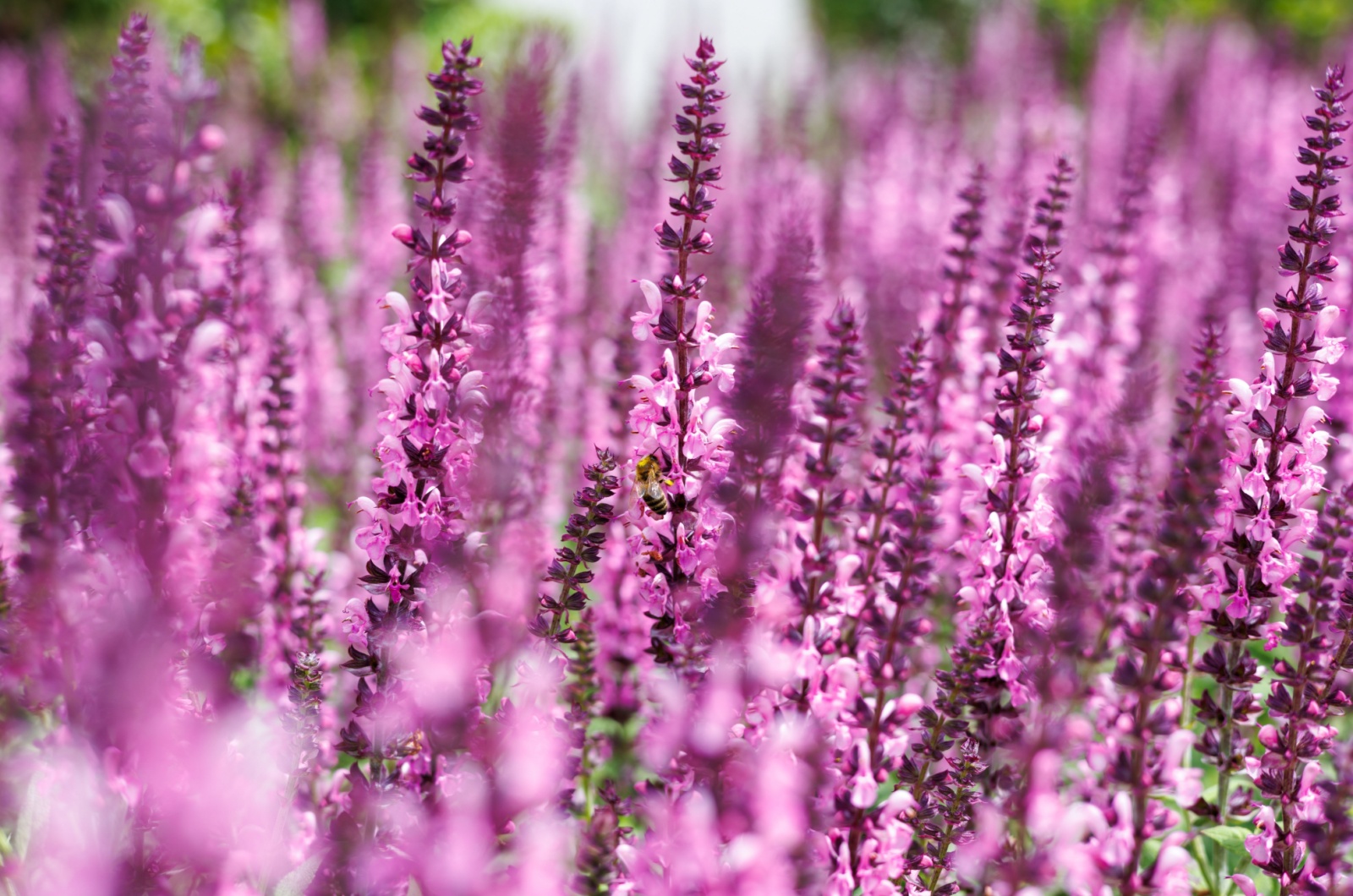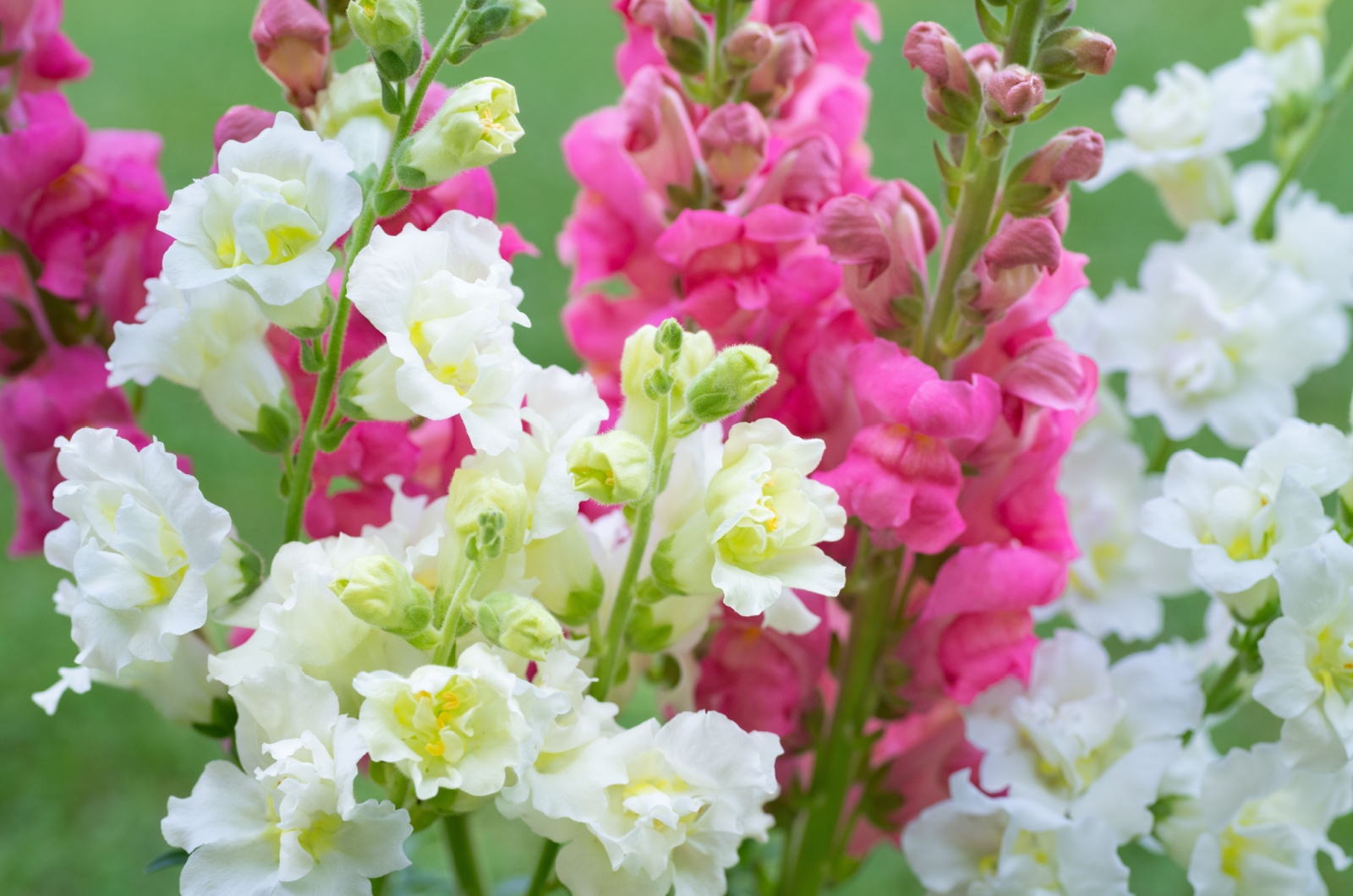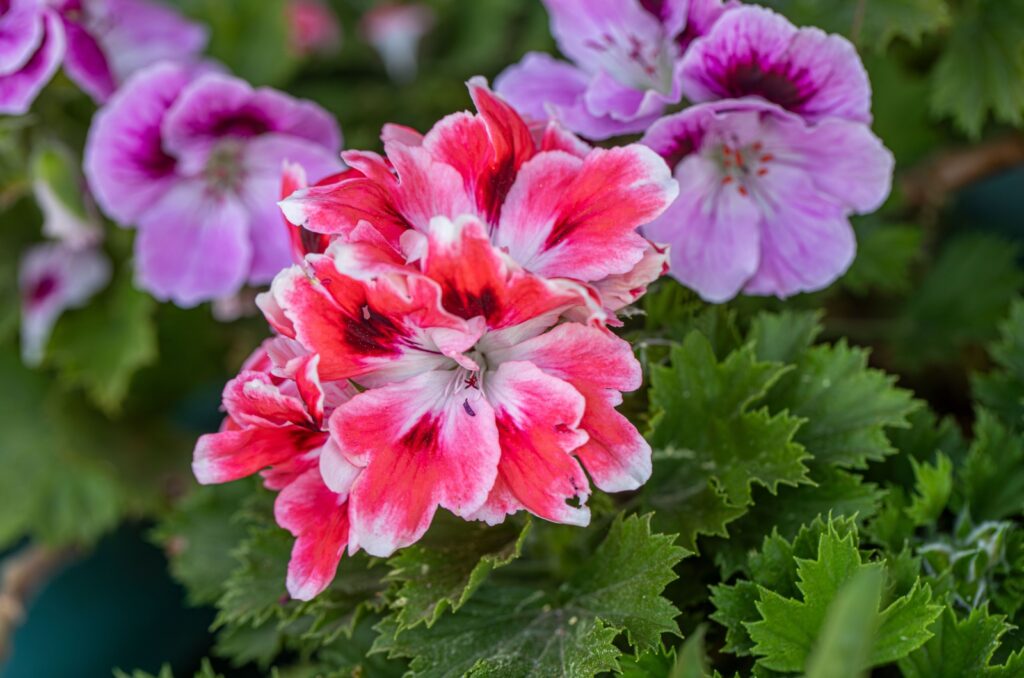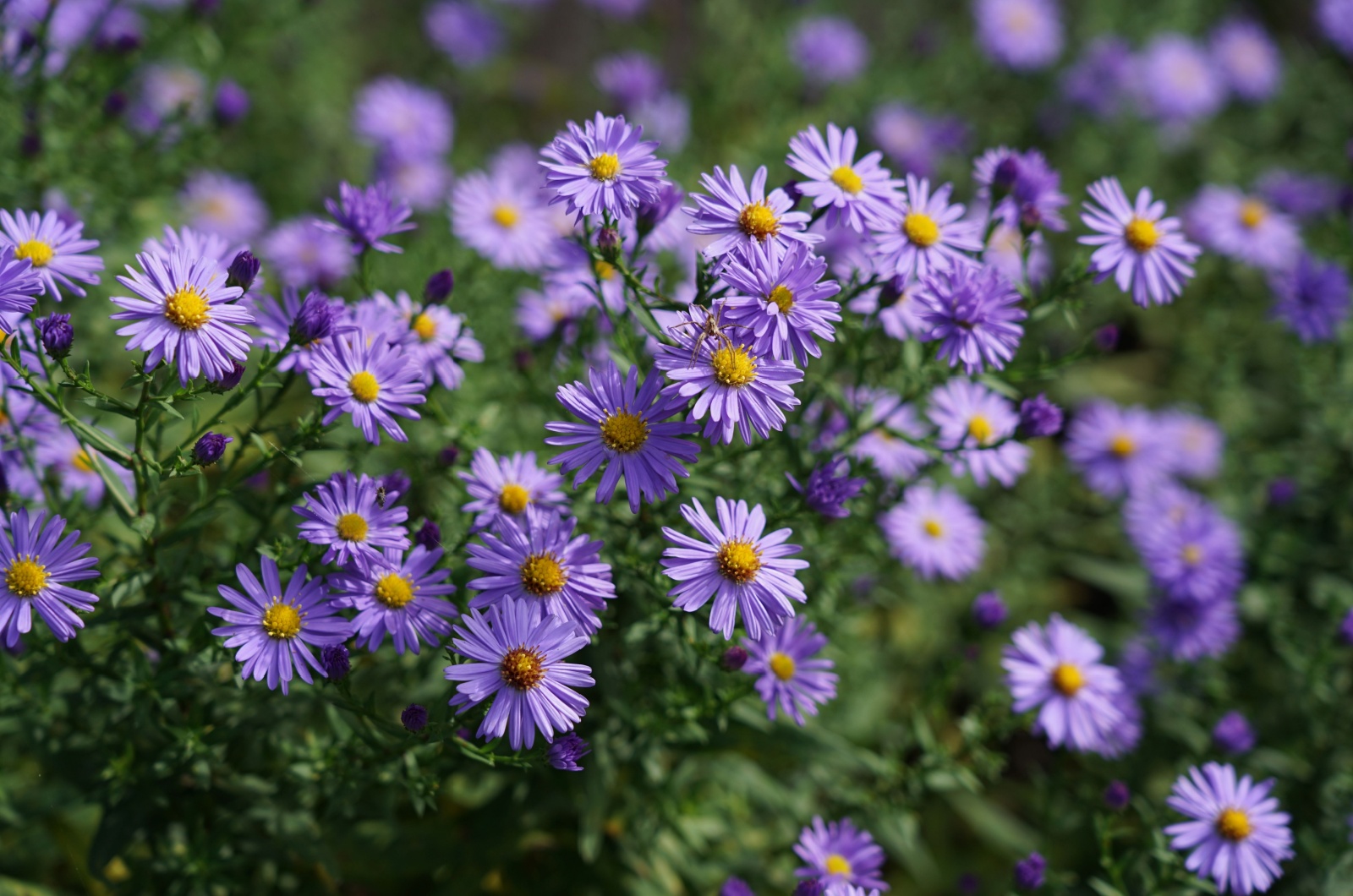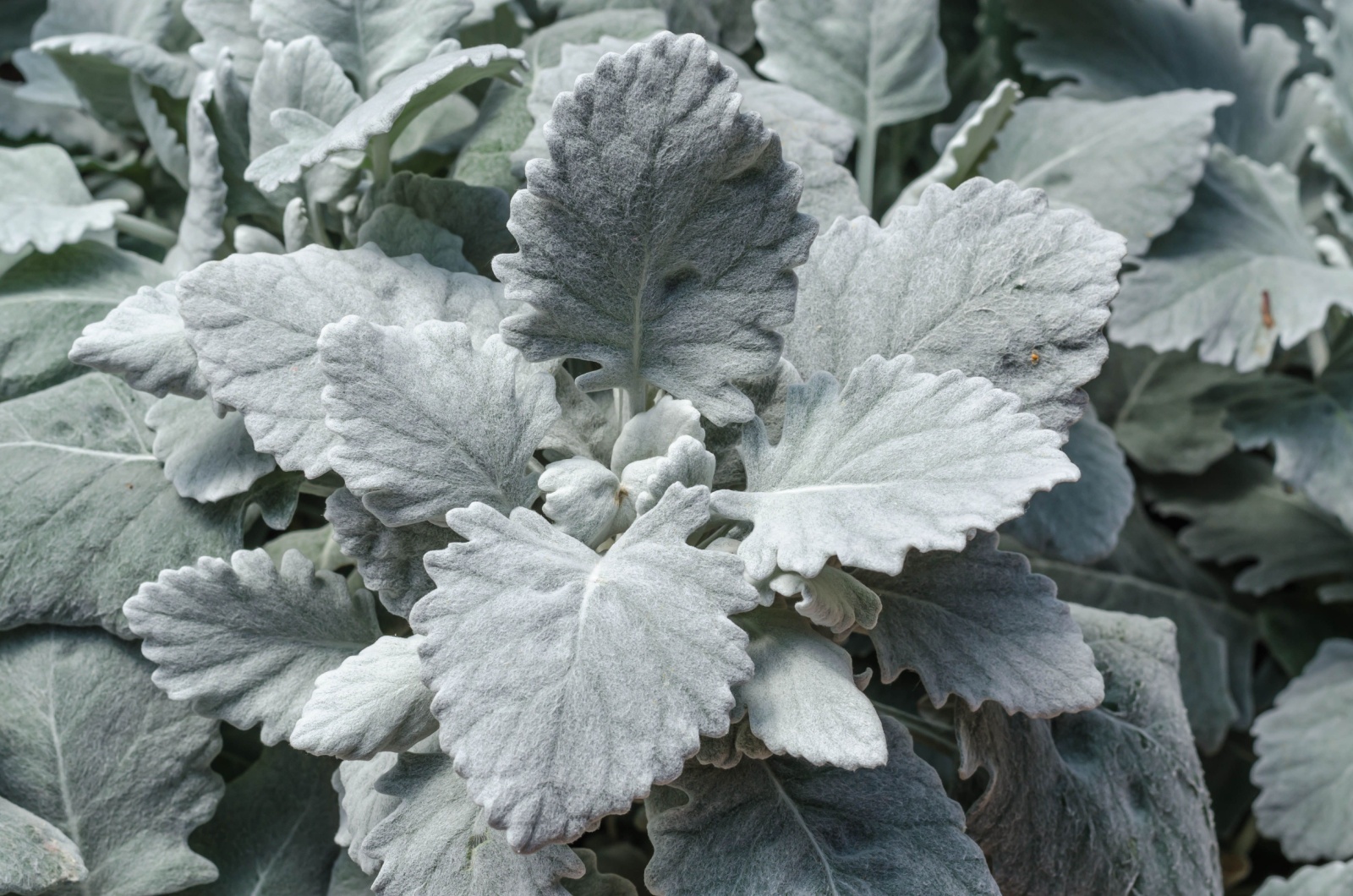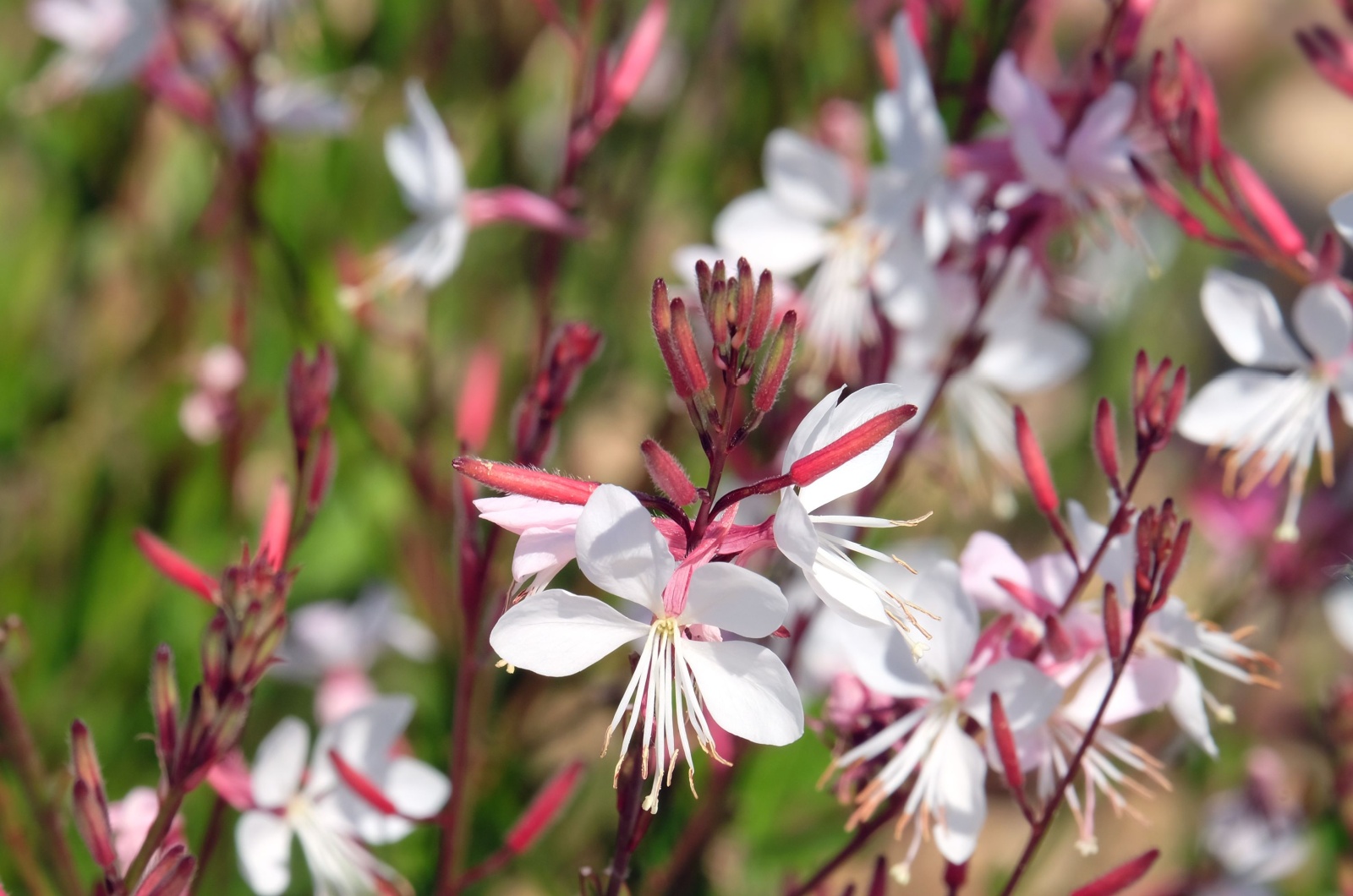Last summer, I went all out with petunias in my garden. They were literally everywhere – bright, cheerful, and totally taking over. But, as much as I love them, I realized my garden needed a little more variety.
So, I started experimenting with different companion plants and my garden ended up looking fabulous (seriously, it was one of the best floral gardens in the neighborhood!).
Today, I’ll be sharing my top picks for plants that thrive alongside petunias. Trust me, your garden will thank you. And if I can do it, anyone can (though, I have to admit that I ruined my fair share of plants before finding these perfect combos!).
Now, the real question is: Are you ready to make your petunias pop even more?
If You Are Ready, Start With Planting Lobelias
Lobelias are one of my favorite plants! With their clusters of vibrant blue, purple, and red blossoms, they’re like the perfect sidekick to petunias.
Despite their delicate looks, these flowers are tougher than they appear and don’t need much pampering to stay happy and healthy. While petunias soak up the sun, lobelias can handle part shade to full sun, (though they might need a bit of protection from harsh afternoon rays).
They thrive in well-draining soil, just like petunias, but I’ve noticed that they don’t appreciate soggy roots.
You might need to give them a little extra water during dry spells, but the best part is that you won’t need to deadhead them because they drop their spent flowers naturally.
I swear, my garden turned into a buzzing paradise because these lovely plants have sweet scents that attract bees and butterflies.
Some folks even say their scent helps keep pests like whiteflies and aphids at bay, though that’s mostly based on personal experience rather than solid evidence.
Just a heads up, though – lobelias are toxic to humans and pets, so be cautious if you have curious animals or kids around.
Related: Petunias And This Other Plant Make A Dreamy Combination In The Garden
Add Heliotrope To The Mix
Heliotrope is part of a big family of over 300 flowering plants known as the Boraginaceae, or forget-me-not, family. Some folks even call it the cherry pie plant because its delightful scent smells just like it!
This bushy plant, with its clusters of flowers, brings a romantic vibe that pairs perfectly with the bold, beautiful flowers of petunias. While purple is the most common color, you can also find heliotropes in blue, pink, white, and yellow.
Although their blooms are small, heliotropes can still attract hummingbirds, butterflies, and many other pollinators to the garden.
Even though heliotropes are technically perennials, they’re often grown as annuals in various climates.
I figured they can be a bit picky about their soil, preferring rich, loamy soil that drains well and stays slightly moist. They love lots of water but don’t like being waterlogged (it’s all about that balance!).
They thrive with six hours of direct sunlight, but I’d provide them with some shade during the hottest part of the day.
Just like with lobelias, be mindful of where you plant them because they are toxic to humans and animals if ingested.
Throw In Some Coneflowers And You’ve Got The Perfect Trio
These beauties come in almost every color imaginable – white, yellow, peach, orange, pink, red, and even green (let your imagination run wild when combining these flowers!).
While deer might love munching on petunias, they tend to steer clear of coneflowers, which makes them a great companion plant. But birds adore snacking on coneflower seeds, and they make your garden even more whimsical.
What’s great is that both coneflowers and petunias thrive in neutral to slightly acidic soil and need at least six hours of sunlight daily. However, they have different fertilizer needs – just give your petunias their preferred fertilizer and keep an eye out for weeds.
Both plants need well-draining soil to flourish, and coneflowers are drought-tolerant (I once forgot to water them for a week, but they still stood strong and beautiful!).
Related: This Is How You Should Harvest Your Coneflowers For A Spectacular Bloom Display Next Year
Make It A Party By Adding Candytuft
If you want to have a party of colors in your early spring garden, candytuft is your answer!
These low-growing plants make everything better, especially when those pink and white blooms appear! Blooming from early spring to mid-summer, and sometimes again in mid-fall, candytuft’s fragrant flowers also attract butterflies and bees, making it a magnet for beneficial pollinators.
Its simple yet unique appearance is definitely a perfect backdrop for petunias! What makes these two plants great companions are their similar growing requirements. Both thrive in full sun, but candytuft can handle light shade too. More sun will yield more flowers, remember that!
Slightly dry soil that drains well is ideal for both of these plants, regardless of the soil type. Petunias like acidic to neutral soil, so aim for a neutral pH to keep both plants happy.
Candytuft is pretty hassle-free, with no major pest or disease issues (though you might need to watch out for the occasional slug, snail, or caterpillar nibbling away).
There’s No Party Without Salvias
Don’t forget to invite salvias to the party as well!
Also known as sage, salvias are a breeze to grow and offer A LOT to your garden (yes, it’s the same sage you use in your favorite recipes!).
Besides adding flavor to your dishes, salvia’s savory leaves also release an aroma that keeps pests far away. But that’s not all – hummingbirds absolutely adore their tubular-shaped flowers, and they truly make your garden look like a fairytale.
All of these benefits, plus those aesthetics (how great is that?)!
The upright spikes of colorful blooms look fantastic alongside the larger funnel-shaped petunias. Your garden will never be dull thanks to pink, purple, red, and white salvias, along with petunias that bloom in almost every color of the rainbow.
It’s super easy to care for both of these precious little plants since they like the same things: well-draining soil and full sun exposure. However, in USDA zones 8 and above, you might need to provide some shade during the hottest sunny afternoons.
Salvias are somewhat drought-tolerant but thrive with regular watering. Both plants will produce blooms from spring until frost (once established, of course).
I had a lot of lovely visitors when I planted both of these lovely flowers as they both attract beneficial pollinators.
Here’s another heads up: while most salvias aren’t invasive, be cautious with salvia aethiopis, salvia sclarea, salvia glutinosa, and salvia reflexa, as they can be problematic in some areas.
Related: Problems With Salvias And How To Solve Them
Snapdragons Also Pair Well With Petunias
I almost forgot about charming snapdragons. With about 20 different options to choose from, snapdragons truly offer a variety of sizes, colors, and shapes (I bet anyone can find something that suits their style!).
Whether you plant them in a garden bed, a container, or a hanging planter, these flowers will add lots of colors and attract plenty of pollinators, especially the big bumblebees that can easily access their nectar.
Their blooms are perfect for cutting and displaying in vases around your home (trust me, your guests will be IMPRESSED!). But don’t expect them to fill your house with fragrance because most snapdragons don’t have a strong scent.
For the best results, plant them in neutral, well-draining soil where they’ll get full sun to partial shade. Keep the soil moist when they’re seedlings, watering regularly until they establish.
Mature snapdragons need about an inch of water per week, and it’s best to water them near the crown to protect their fragile petals.
While they are delightful garden favorites, snapdragons have a short flowering season and prefer cooler temperatures. Their blooming will slow down once it heats up to 80 degrees Fahrenheit.
And Don’t Forget About Those Lovely Geraniums
Ahh, lovely geraniums… they are truly a gardener’s dream, with their low-maintenance needs and delightful fragrance that’s both sweet and spicy (the best combo!).
No matter if you prefer pots, hanging planters, or garden beds, there’s a geranium variety for you. White, pink, purple, salmon, and even some multi-colored varieties will fill your garden with colors and vibrancy.
What I like the most about geraniums is their long blooming period from spring to fall, requiring just a bit of deadheading to keep the flowers coming.
Pairing geraniums with petunias is a perfect match since they share similar care requirements. Both thrive in full sun with a bit of shade during hot afternoons and prefer well-draining soil with a pH around 6.0.
You have to water young plants 2 or 3 times a week, but those that are already established will need watering only when the soil dries out.
Keep in mind that geraniums are toxic to dogs, cats, and horses, so plant them where your furry friends won’t be tempted to nibble.
Growing geraniums? You can also combine them with these companion plants: 24 Absolutely Stunning Companion Plants For Geraniums
You Could Try Pairing Petunias With Asters
Asters are fantastic for attracting butterflies to your garden, making them a must-have for all those pollinator enthusiasts out there!
These daisy-like blooms not only draw in butterflies but also bring birds during winter when they feed on the seeds (your garden will be lively even when there is no vegetation in sight). Asters are also deer-resistant, providing some protection for your petunias (those deer really do love petunias!).
With hundreds of varieties ranging from 1 to 6 feet tall and in colors like pink, purple, blue, and white, asters are lovely plants that can give you a quick-growing, stunning display from summer onwards.
Despite their variety, asters share similar growing preferences with petunias. Both thrive in neutral to slightly acidic, well-draining soil. They love soaking up the sun and prefer evenly moist soil without being waterlogged.
When watering asters, try to keep the leaves dry to prevent mildew. And good news for pet owners – asters are non-toxic to humans, dogs, cats, and livestock, making them a safe addition to any garden.
Add Some Edge With Dusty Millers
Here’s a plant that really stands out: dusty miller, aka silver ragwort. This plant features frosty foliage that pairs beautifully with almost any flower, including petunias.
Their large leaves have a fuzzy, silvery appearance that looks like something out of a holiday movie. Though not famous for their flowers, which are small and yellow or cream, dusty millers can still attract some pollinators.
As ground covers, they spread through underground runners without overwhelming other plants (which is not super common with the rest of ground cover plants).
From containers and borders to mixed flower beds, dusty milers can be planted almost anywhere. They are easy to care for, requiring well-draining soil and minimal water.
They are heat- and drought-tolerant once established and can even handle poor soils. The only thing they dislike is shade, which can make them leggy. Luckily, petunias share this sun-loving preference, which makes them the perfect companions.
Just be aware that these plants are somewhat toxic and can cause stomach issues if ingested.
Related: 15 Awesome Dusty Miller Companion Plants And How To Grow Them
Gauras Also Complement Petunias Nicely
I saved you the best for last: gauras, aka wandflowers, aka bee blossoms!
Gauras are charming perennials that range from 15 to 48 inches tall, depending on the variety. These low-maintenance beauties produce tiny white or pink blooms which combine perfectly with their pink, cream, or golden foliage.
Their nectar attracts several long-tongue bee species, with butterflies also making occasional visits. Gauras bloom profusely in the summer (but will also reward you with flowers in spring and fall).
These plants effortlessly self-seed without taking over your entire garden. Perfect for beginners and seasoned green thumbs alike, they thrive in various soil types, from acidic to alkaline, as long as they drain well.
Since they are relatively drought tolerant, gauras will need deep watering only when the soil entirely dries out. Like petunias, they love full sun but can handle a bit of afternoon shade.
If you have pets or kids playing in your garden, there’s no need to worry as these plants aren’t toxic to cats, dogs, or even humans!
You see, pairing petunias with the right plants can fill your garden with vibrant colors, lots of pollinators, and mesmerizing fragrances. If you are looking for a companion for your petunias, these are some of the best options you can choose from!
From hardy lobelias and sweet-smelling heliotropes to ever-blooming geraniums and bee-friendly coneflowers, there’s a perfect match for every garden.

